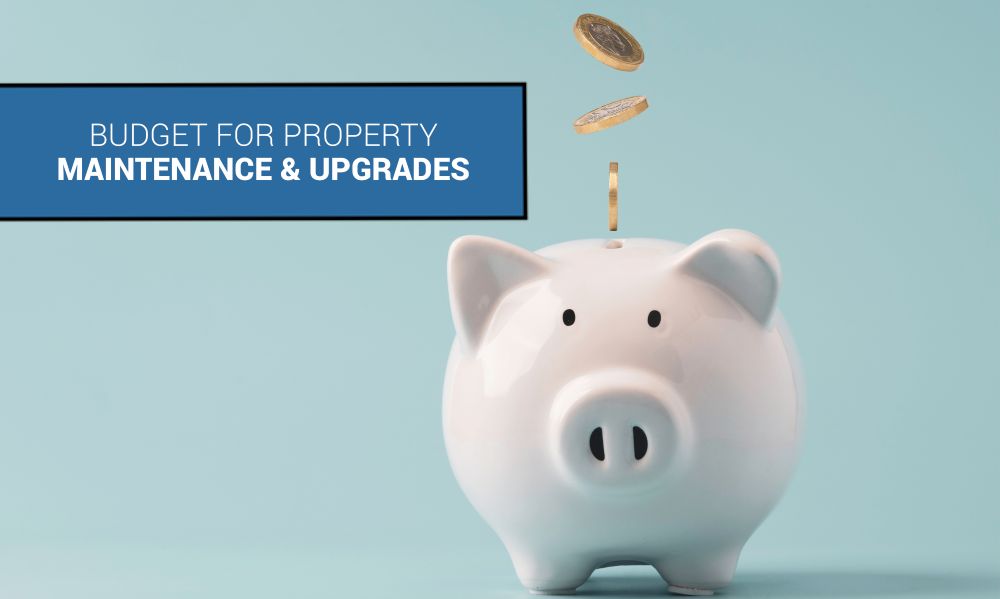Owning rental property can be a smart investment, offering long-term returns and passive income—but only if it’s well-maintained. Property maintenance and periodic upgrades aren't just about keeping things looking nice; they protect your investment, reduce vacancy rates, and attract quality tenants.
However, many landlords underestimate or completely overlook the need to budget for these expenses, leading to financial stress when repairs or improvements are suddenly needed. Here's a practical guide to help you create a solid budget for maintaining and upgrading your rental property.
First, understanding the difference between maintenance and upgrades. Maintenance includes routine, ongoing costs required to keep the property in livable condition—like HVAC servicing, plumbing repairs, appliance replacement, roof repairs, garage door maintenance and sometimes landscaping. Upgrades are improvements that enhance the value, efficiency, or appeal of the property—like remodeling the kitchen, adding energy-efficient windows, or installing new flooring. Both are important, but they serve different financial purposes and require different types of planning.
As you are preparing to rent out your investment property it’s recommended to create a reserve fund to start. This means setting up a dedicated savings account for maintenance and repairs. This keeps funds separate from your personal or general business finances and ensures you’re financially ready for emergencies. A good starting reserve per property is $3,000–$5,000, adjusted for property age and condition. This will help significantly when repairs are needed especially ones needing to keep your rental property habitable for your tenants.
It is highly recommended to set aside 1% of the property’s value annually for routine maintenance. So, if your rental is worth $300,000, you should budget $3,000 per year (or $250 per month). For older properties, properties with pools or large yards, or properties in areas with extreme weather, consider increasing that to 1.5–2%. Then planning for larger ticket items that need to be replaced every 10-20 years. These are NOT annual expenses, but you should still save for them gradually.
Here are average lifespans and rough replacement costs:
Item | Lifespan | Average Estimated Cost |
Roof | 15–25 years | $8,000–$15,000 |
HVAC System | 10–15 years | $8,900–$15,000 |
Water Heater | 8–10 years | $1900–$2,500 |

